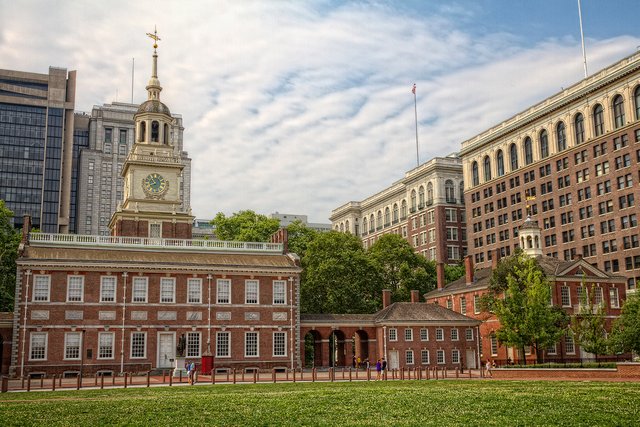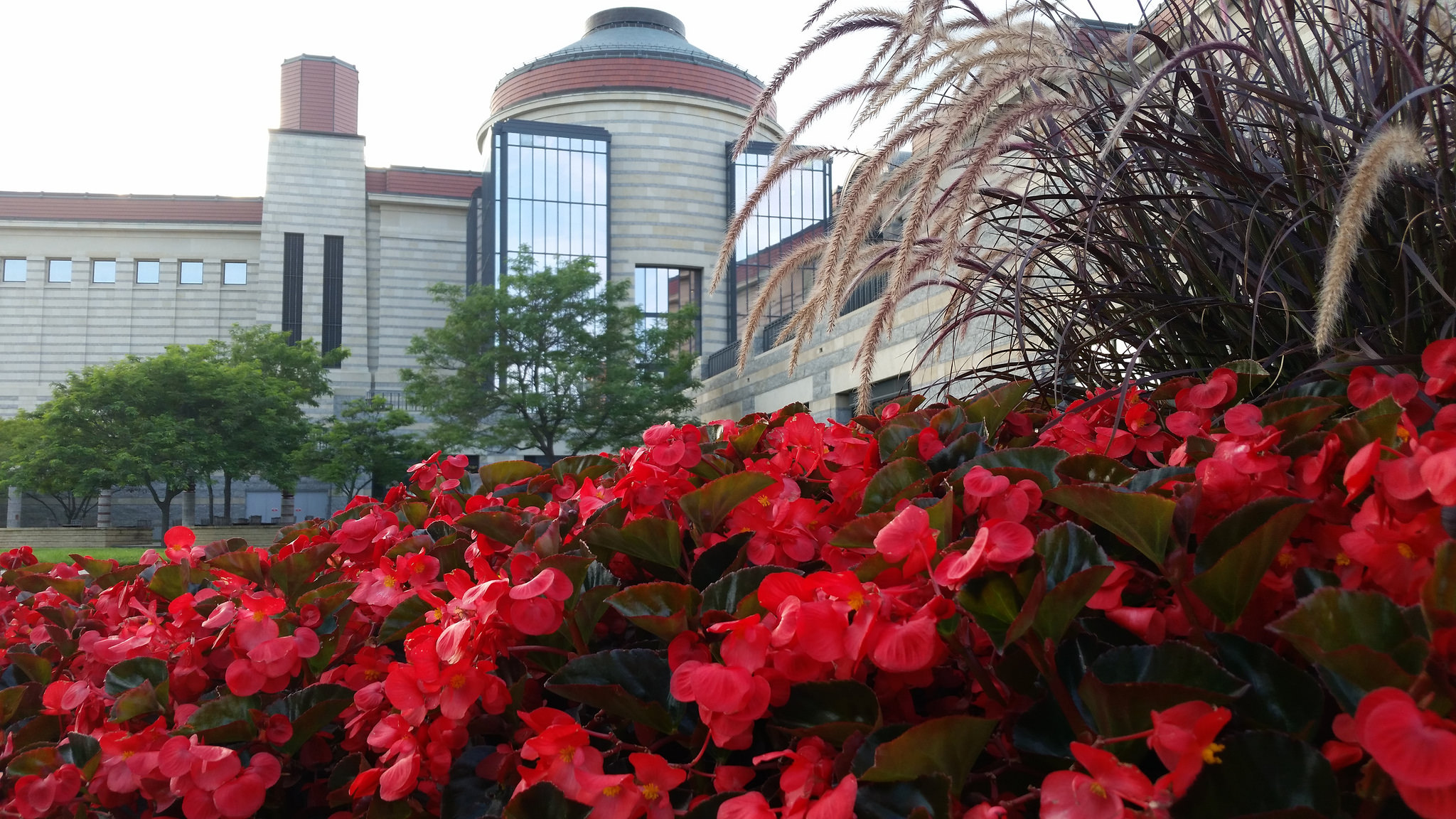Lessons from Historical Conglomerates
This week, @kenfinkel posed this question to the @phillyhistory group: "When it comes to interpreting, preserving, presenting the past, what are the pros and cons of big, mid-sized, and small institutions?"
Our readings offered some fodder for considering museum size: a 1996 proposal for the creation of The History Center in Philadelphia and “Building a Sustainable Future for History Institutions: A Systemic Approach,” a 2009 whitepaper from TDC.
Both readings begin with a simple idea: if small museums are struggling, some sort of conglomeration can save them.

Like struggling tiny historical institutions, these fish join together into a massive whole. Photo by Thomas Shahan under CC BY-NC 2.0
It is an alluring idea, this collaboration, by which the most expensive items for small institutions (especially collections care) are shared costs. The TDC paper doesn't get detailed about how its authors envision the shared burden to be delegated or which services would stay at each institution. In fact, the paper is the introduction to a study that has yet to materialize.
I think it's an idea that can work, but there are certainly strategies to avoid, and The History Center in Philadelphia (which never materialized either) included several of them.
The idea was that the collections of the Atwater Kent Museum and the Historical Society of Philadelphia would form the backbone of a museum which would feature rotating visiting exhibits from other Philadelphia area museums with the result being that more people would see those loaner artifacts in this central location but also that their inclusion would drive visitation to the smaller institutions as well.
The hope was to attract 200,000 visitors annually, a relatively modest goal considering that Independence National Historical Park welcomed 3,128,028 people in that year, 1996.

Photo of Independence Hall by Jonathan under CC BY-NC-ND 2.0
I think The History Center idea was built on false assumptions—that visitors would follow up their visits with trips to the smaller institutions, that the collection of a wide variety of artifacts with only Philadelphia in common would be a tourist draw—but, again, not the worst concepts.
There are certainly examples of how cooperation and collaboration can help historic sites and museums. Historic New England, for instance, operates a wide variety of historic buildings under one umbrella. The state historical societies of Minnesota and Wisconsin are both models for joining a variety of history functions under one roof. In Philadelphia, more lopsided partnerships, such as the Free Library and the Rosenbach Museum and Library have (seemingly) proved healthy.

The Minnesota History Center, run by the Minnesota Historical Society. I have heard good things about this place. Photo by Michel Curi under CC BY 2.0
Ultimately, while I think these institutional consolidations can be helpful, I think an institution's sustainability has a lot to do with not trying to do everything but rather finding its niche. If combining forces with another institution forces the sorts of hard questions that lead to that niche-identifying, so be it. Big, medium, or small doesn't really matter if an institution doesn't know what (or who) it is for.
In retrospect it seems to me like The History Center thought there was a more compelling reason for its existence than any audience did.
100% of the SBD rewards from this #explore1918 post will support the Philadelphia History Initiative @phillyhistory. This crypto-experiment conducted by graduate courses at Temple University's Center for Public History and MLA Program, is exploring history and empowering education. Click here to learn more.
Good point about the anticipated visitation numbers.
In 1988, the relatively new Philadelphia Area Consortium of Special Collections Libraries (PACSCL) - a group of 18 area collections - mounted a massive exhibition at the Historical Society of Pennsylvania with an attractive 266-page catalogue entitled Legacies of Genius. Anyone want to guess the visitation numbers of that expensive, best-of-the-best display?
Was that proof, then, that if you build it they won't actually come?